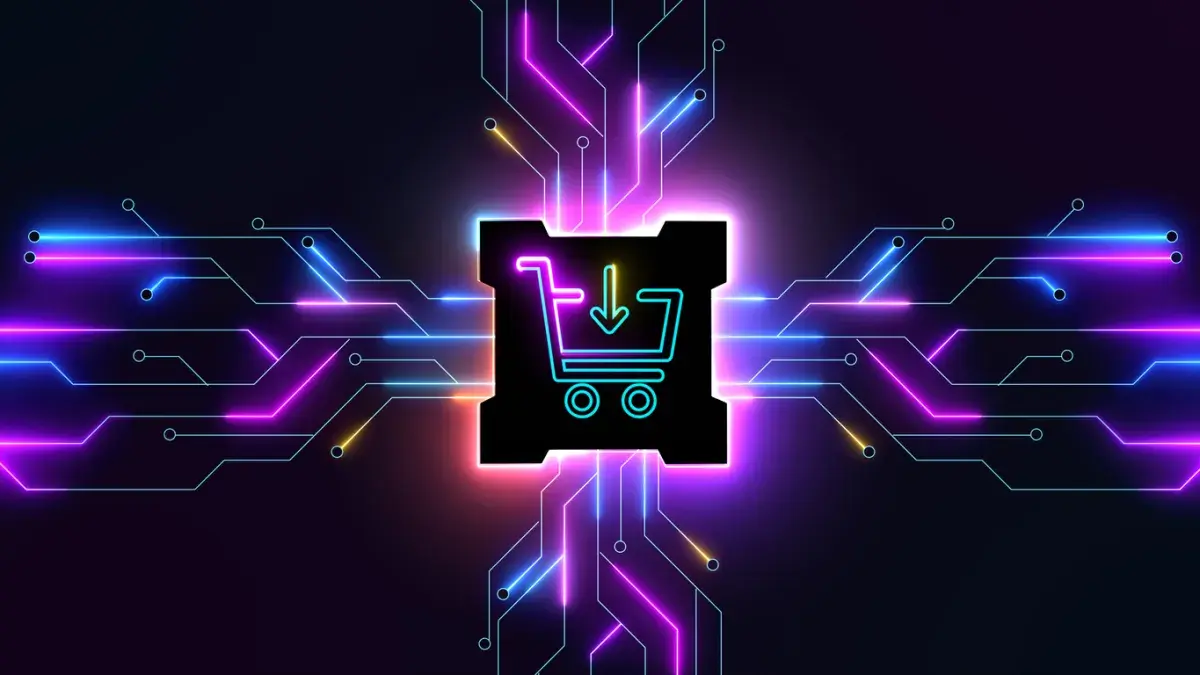
In experience design, one idea is repeated so often it risks losing its weight:
Design is about solving problems.
It’s a core belief across the industry, and for good reason. When applied properly, it elevates design beyond usability, towards seamless, intuitive experiences. Done well, it feels as though the interface already knew what the user needed before they did.
But before any problem can be solved, it first needs to be understood.
That’s where many digital journeys fall short.
The missed opportunity in e‑commerce
Take the typical e‑commerce experience. Despite decades of learning and refinement, many sites still struggle to convert. Not because they lack functionality, but because they solve the wrong problems, in the wrong order.
The key to improving conversion isn’t in new features. It’s in identifying what users really need, and when.
1. Assure: “Am I in the right place?”
Before any interaction begins, users make a fast, instinctive judgement. If they can’t tell within seconds that the site is relevant to their needs, they’ll leave.
This sense of confidence is created through visual cues, content tone, pricing, navigation design, and brand language. The goal is clear: build instant trust, without forcing effort.
2. Find: “Can I get to what I need?”
Now the task begins, moving from hundreds or thousands of options to a manageable few. This is where many journeys collapse.
If users can’t filter, search or navigate effectively, the rest of the experience becomes irrelevant.
- Smart filters
- Predictive search
- Curated highlights
- Category logic
All of it matters. It’s not just about structure. It’s about momentum.
3. Select: “Can I explore without committing?”
Selection is not the same as decision. Here, users want freedom to browse, revisit, and compare. Features like wish lists, ‘recently viewed’, and side-by-side navigation help users engage at their own pace.
Designing this moment well means understanding how people make decisions, and how to support them without pressure.
4. Compare: “What’s the difference?”
Now, interest turns into consideration. The user wants clarity between options.
This is where product detail becomes decisive:
- Clear specs
- Helpful imagery
- Transparent comparisons
- Trust-building content
The aim? Empower users to feel informed, and in control.
5. Decide: “Is this the right choice?”
Once a choice is in view, users seek reassurance. Pricing, shipping, stock, returns, this is where ambiguity becomes risk.
Information should be clear, complete, and easy to verify. Confidence at this stage is fragile. Even small gaps can lead to abandonment.
6. Checkout: “Let me finish this - fast.”
At checkout, the mindset shifts. This is no longer a browsing journey. It’s a transaction.
Now, speed and ease matter more than anything else.
- Minimise fields
- Offer guest checkout
- Simplify mobile UX
- Show progress clearly
Friction here feels personal. Remove it, and completion follows.
7. Fulfil: “Will it arrive as promised?”
Even after the sale, the experience continues. Delivery transparency, updates, and flexibility reinforce trust and loyalty.
Fulfilment isn’t an afterthought. It’s an emotional close to the journey.
Why most drop-offs happen sooner than you think
Users don’t label their behaviour in phases. They just want the experience to work, like sending a message or ordering a taxi. But when conversion fails, it’s rarely at checkout.
The real causes are upstream:
- Poor navigation
- Unclear value
- Unanswered doubts
- Weak trust signals
60% of users who add to the basket don’t check out, not because of price, but because earlier steps didn’t support them.
Final thought
Design that converts starts with understanding. Before you streamline a checkout or refresh a homepage, take a step back.
Ask:
- Are we solving the right problems?
- Are we solving them in the right order?
- Are we seeing the journey through the eyes of the user?
Problem solving is a skill. But problem finding is the strategy that unlocks it.
Get that right, and the rest follows.


